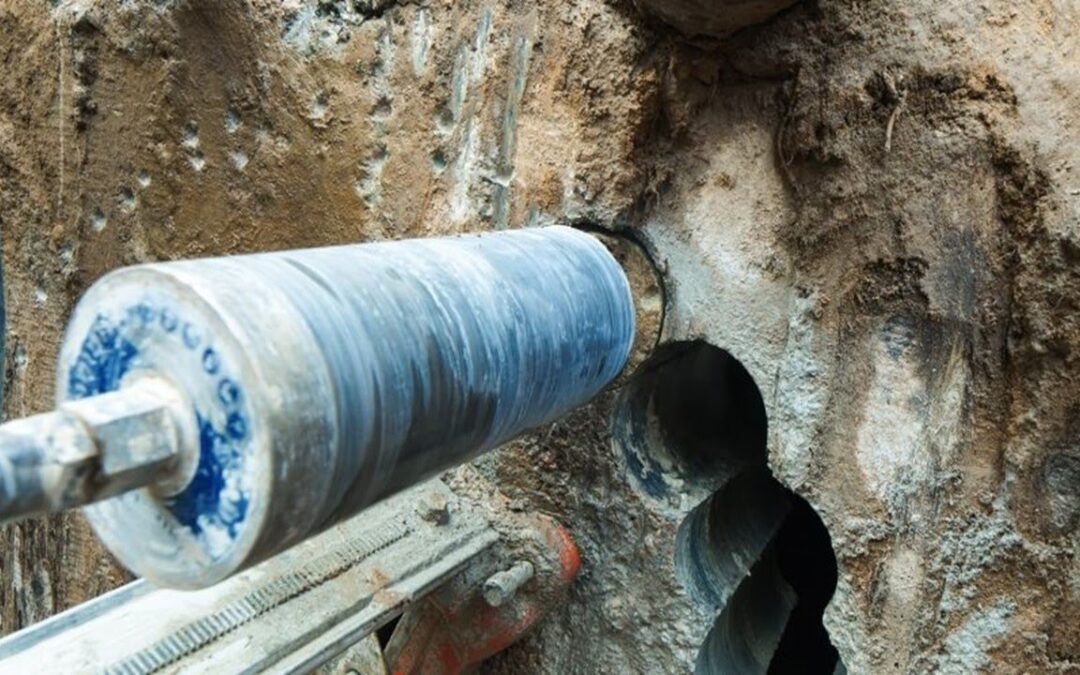Concrete, the backbone of modern construction, derives its strength and durability from a complex interplay of materials and curing processes. To truly understand and assess these critical aspects, engineers turn to concrete core samples. These cylindrical specimens, extracted from hardened concrete structures, provide invaluable insights into the material’s properties and structural health. In this exploration, we delve into the significance of concrete core samples and the wealth of knowledge they offer.
1. Unveiling Material Composition:
Concrete is a composite material composed of cement, aggregates, water, and often admixtures. The proportion and quality of these components significantly influence the concrete’s strength and performance. By extracting core samples, engineers can assess the material composition at different depths within a structure.
Analyzing the distribution of aggregates, the uniformity of cementitious materials, and the presence of any anomalies allows engineers to gauge the overall quality of the concrete. Variations in composition can be indicative of construction issues, such as inadequate mixing or improper curing, which may compromise the structural integrity over time.
2. Assessing Compressive Strength:
The compressive strength of concrete is a critical parameter that determines its ability to withstand applied loads. Core samples provide a direct means of assessing this strength in existing structures. By subjecting the cores to compressive testing, engineers can determine whether the concrete meets design specifications and if it has gained strength over time through curing processes like hydration.
Understanding the compressive strength is crucial for assessing the load-bearing capacity of a structure and identifying areas that may require reinforcement or rehabilitation. It also aids in evaluating the effectiveness of construction practices and the quality of materials used.
3. Detecting Anomalies and Deficiencies:
Concrete core samples act as forensic tools, allowing engineers to investigate anomalies and deficiencies that may not be visible from the exterior. Cracks, voids, or delamination within the core can be indicative of issues such as freeze-thaw damage, alkali-aggregate reaction, or inadequate curing.
Identifying these deficiencies early on enables proactive maintenance and repair, preventing further deterioration and ensuring the longevity of the structure. The insights gained from core samples contribute to targeted and cost-effective remediation strategies.
4. Monitoring Corrosion and Reinforcement Condition:
In reinforced concrete structures, the condition of the reinforcing steel is critical to maintaining structural integrity. Core samples provide a means of assessing the extent of corrosion and the bond between the concrete and reinforcement. Corroded reinforcement can compromise the strength of the structure and lead to issues such as spalling or cracking.
By inspecting core samples, engineers can determine the level of corrosion, assess the protective cover over the reinforcement, and make informed decisions about the need for repairs or corrosion mitigation measures. This proactive approach is essential for ensuring the long-term durability of reinforced concrete structures.
5. Time Travel through Concrete:
Concrete core samples serve as time capsules, allowing engineers to “travel” through the history of a structure. Cores extracted from different depths or sections provide a chronological record of the concrete’s development and aging. This historical perspective aids in understanding how the material has performed over time and under various environmental conditions.
Additionally, time-lapse analysis of core samples can reveal trends in strength gain, expansion or contraction due to temperature variations, and other factors influencing the structural health of the concrete. This information is invaluable for assessing the long-term performance of a structure and informing future construction practices.
Conclusion:
In the world of construction, concrete core samples are more than just cylindrical specimens—they are windows into the soul of a structure. Through careful analysis of material composition, compressive strength, anomalies, corrosion, and the passage of time, engineers gain a comprehensive understanding of the structural health and performance of concrete. This knowledge, in turn, guides maintenance, rehabilitation, and construction practices, ensuring that our built environment stands strong and resilient for generations to come.

